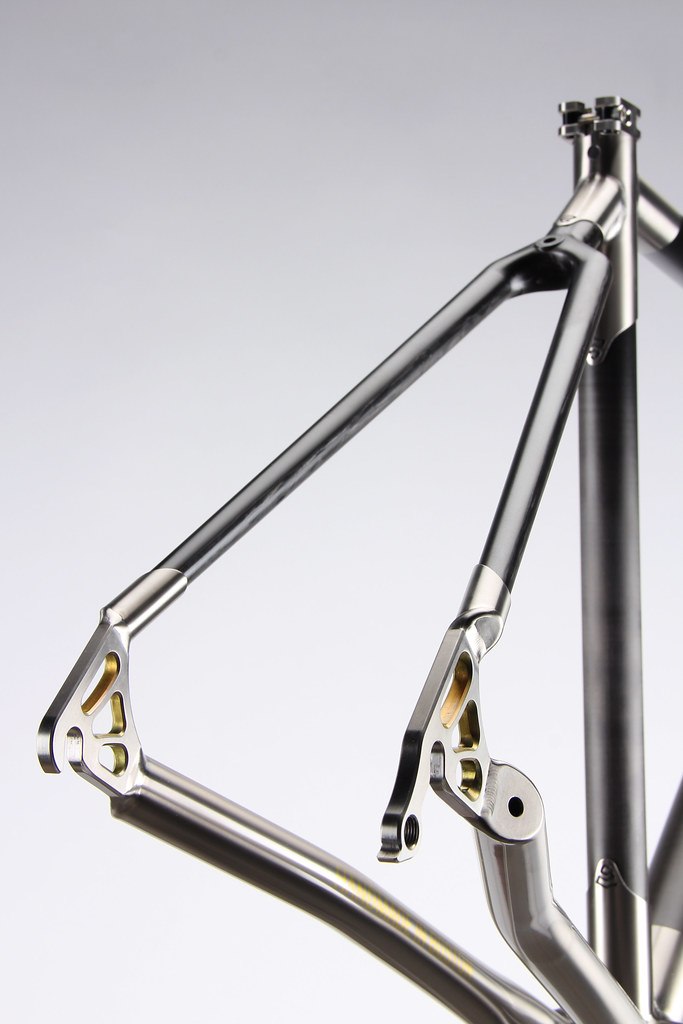

Subterranean cutaways connect the blue oceans of the books’ aged geographic gatefolds, eliminating histories and nations with the judgment of an inquisition by scalpel. Divided into five parts, each composed of multiple volumes from an old atlas series, Americana 62 subverts the encyclopedic tendency of the linear mind by literally carving through its center. The greatest testament to the anti-sociality of Dettmer’s work adorns the eastern wall of the gallery. Like much of Dettmer’s work, these sculptures function as dioramas dedicated to finitude, though, as in the Library of Babel, they seem to conjure “the dream that the polished surfaces feign and promise infinity.” This recursion is mirrored on several low pillars positioned throughout the hall, where Entrees and Womb stand as refractive sculptures hardcover books twisted into cylindrical forms with faces surgically carved to reveal the illustrated and multi-level collages of their interiors. Much like Dettmer’s practice, which repurposes old media into new forms, the Packer Schopf Gallery is itself a repurposed form, effectively reinforcing the infinite recursion of Borgesian geometry. Searchers foregoing the luxury of an emergency exit move beyond the entryway and into Dettmer’s own hexagon, which in this case takes of the form of Packer Schopf’s dressed-down industrial space. Dettmer’s Emergency Exit stands as a response to this a door-shaped sculpture near the stairway entry to Packer Schopf, made with layers of burnt paperback book pages and treated with acrylic varnish, both physically and conceptually providing the option of unimpeded return to safety in numbers. Staid social truths are built on such orthographic stilts, which are as hallowed as steel but as hollow as Styrofoam. For this one, which is many, a book is judged horizontally, line-by-line. These and other negative qualities are words venerated by pedantic disciple of the status quo who prefers the comforts of common sense and the surety of mainstream support. In another, absurdities, impieties, and laces of bad taste. In one book, a labyrinth of letters and mere glimpses of coherence. In this gallery, books-the linear media of specious certainty-become bent and bowed, such that finality here becomes, in Borges’ words, one “of insensate cacophony, of verbal farragoes and incoherencies.”Ĭentral to Borges’ metaphysics is the alphabet, the presentations and combinations of which are contained in the universal library’s entropic collection.

Brian Dettmer’s Antisocial Media at Chicago’s Packer Schopf Gallery reverses this dogma with a redefinition of form itself. But these are a superstitious many, driven by the popular hope that finality follows form. Leagues of searchers patrol these galleries, seeking the Total Book the perfect medium that answers all, unites all. The universe is a library, existing ab aeterno-from time immemorial-in Borges’ allegory of “The Library of Babel.” The library is an infinite architecture of hexagonal galleries whose shelves creak under the weight of books dusty and bound with gloom of incomplete knowledge.


 0 kommentar(er)
0 kommentar(er)
